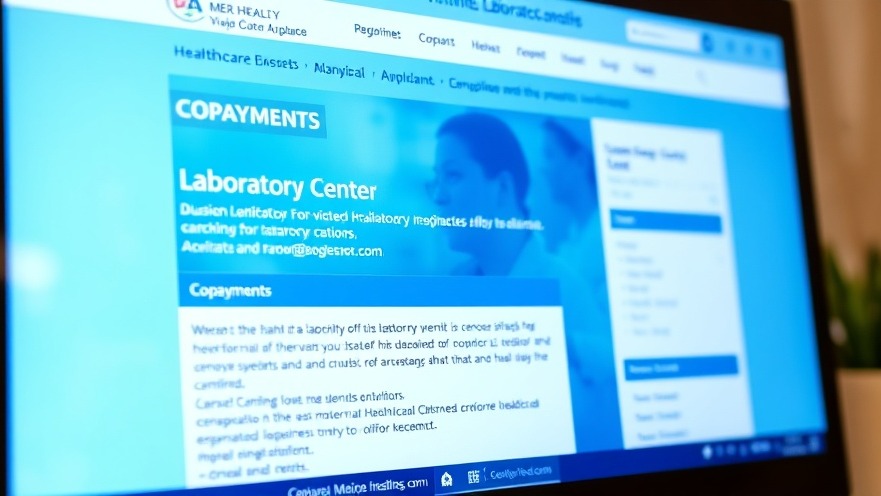
Understanding Preventative Care in the Current Healthcare Landscape
As patients grapple with the complexities of insurance coverage, the question arises: when is preventative care not truly preventative? This inquiry becomes especially urgent in light of recent experiences shared by patients navigating the healthcare system. A recent incident involving Labcorp illustrates just how opaque the billing processes can be. A patient, after numerous phone calls, found themselves on a wild goose chase concerning what tests were covered under the Affordable Care Act (ACA). With the labyrinth of healthcare billing, clarity is not just preferred; it's essential for patient trust and compliance.
Challenges in Communicating with Insurance Providers
Communication barriers between patients and large laboratory services like Labcorp highlight significant issues within the healthcare ecosystem. In scenarios like this, patients might find it nearly impossible to ascertain what charges are valid, leading to confusion and frustration. As noted, an encounter with Labcorp's customer service raised more questions than answers, which is not an uncommon experience. For concierge medical practices, this poses a unique challenge. Ensuring patients understand their insurance coverage can not only improve patient satisfaction but also enhance the practice's credibility.
The Role of Technology in Streamlining Communications
Amid these frustrations, technology offers pathways to improvements. Electronic health records (EHR) systems paired with patient relationship management (PRM) tools become vital in establishing clearer communication between labs, insurance companies, and patients. By leveraging technology, concierge practices can provide detailed explanations of coverage and billing directly to patients, thereby minimizing the chance of misunderstandings. This proactive approach allows practices to maintain a strong reputation as transparent and patient-centered.
Future of Preventative Care Billing
Looking ahead, the landscape of preventative care billing will likely undergo significant transformations. With ongoing debates surrounding healthcare policies, there is potential for new regulations that could further define what constitutes preventative services. An increasing number of patients desire transparency and are seeking practices that can aid them in navigating their healthcare journey. Concierge practices that adapt to these changes by enhancing technological capabilities and patient communication stand to benefit not only their bottom line but also their patients' overall health outcomes.
Empowering Patients Through Knowledge
At the crux of these discussions is the importance of educating patients. By understanding what tests are covered and how billing works for preventative measures, patients can make informed decisions. Concierge practices hold a unique position in this changing landscape, empowering their patients through education and transparent communication. This not only fosters trust but also enhances the patient experience.
Concluding Thoughts
As we ponder the evolving nature of preventative care, the need for clarity and communication in healthcare remains paramount. For concierge medical practices, embracing technology and transparency can be key to not only retaining existing patients but also attracting new ones. Navigating the regulatory landscape is daunting but necessary, as it provides opportunities for practices to differentiate themselves as leaders in patient care.
 Add Row
Add Row  Add
Add 




Write A Comment